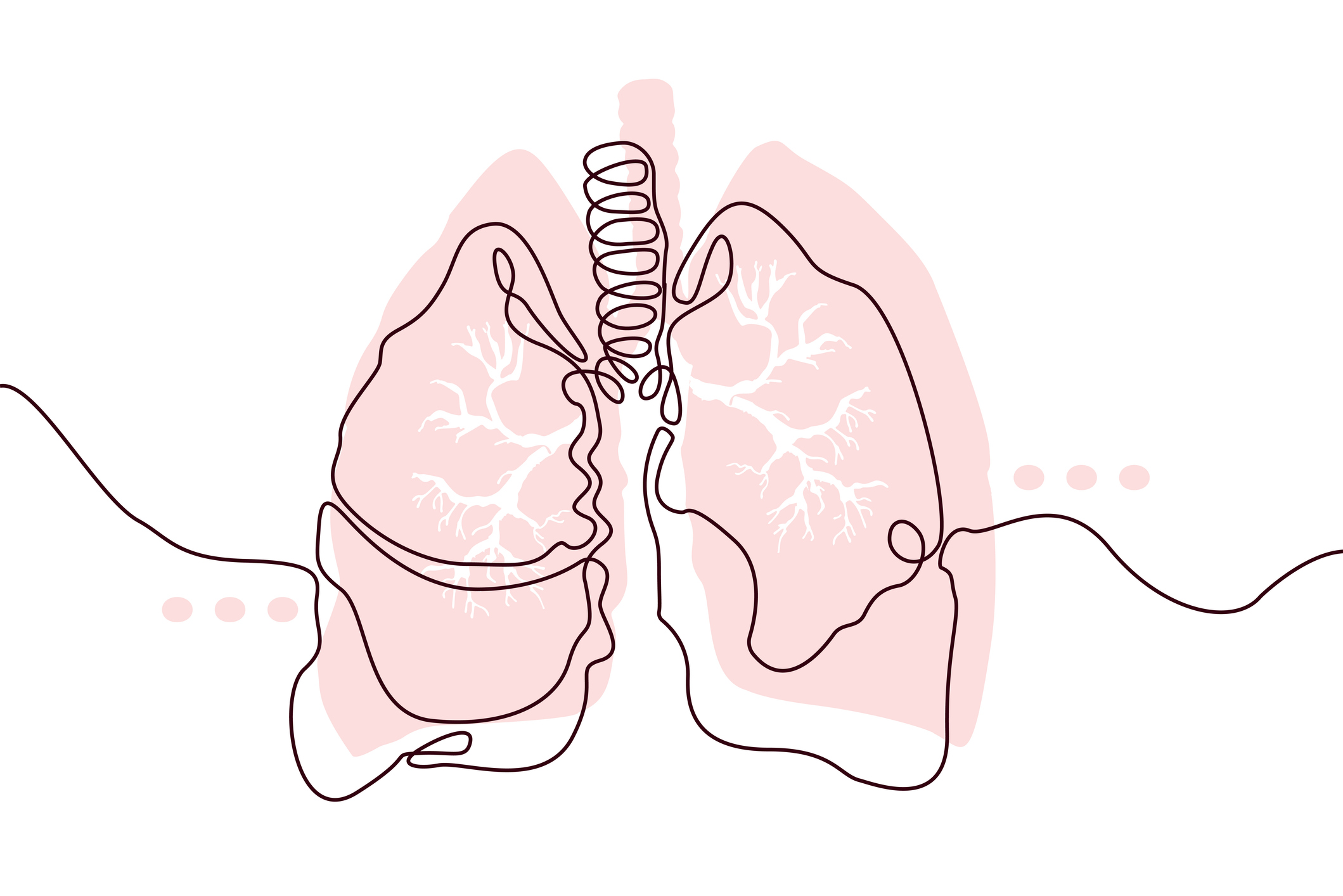1988
The First Lung Transplant
Columbia performed its first successful lung transplant, marking the beginning of a groundbreaking journey in lung transplantation. This pioneering moment would soon be followed by innovations that would shape the field for decades.
2001
Survival Rates Exceed National Average
By 2001, Columbia’s lung transplant program had already set itself apart with survival rates consistently above the national average. This achievement is a testament to high-quality patient care, innovative treatments, and the unwavering dedication of the transplant team.
2014
ECMO as a Bridge to Lung Transplantation
Columbia was among the early adopters of ECMO (Extracorporeal Membrane Oxygenation) to help patients with severe respiratory failure survive long enough to undergo lung transplants. ECMO works by temporarily taking over the heart and lung functions, allowing patients with end-stage lung disease to be stabilized and considered for transplantation.
ECMO became especially significant when it was used to support patients with critical conditions that would otherwise have been deemed too high-risk for a transplant. The program's early work in this area helped pave the way for ECMO's broader acceptance in lung transplantation.
2015-2021
Continued Expansion and Growth
Over the next several years, the lung transplant program saw remarkable growth, becoming one of the largest and most respected programs in the U.S. The program regularly performs over 200 lung transplants per year and is particularly known for taking on the most complex cases—those with advanced diseases or multi-organ failure.
High-Risk Patients: The program is focused on serving highly complex patients, with over 50 percent of its lung transplant recipients presenting with allocation scores above the 75th national percentile. This means the patients typically had more severe diseases, making them some of the most difficult cases to manage.
2021
The First Combined COVID-19 Lung Transplant and Triple Bypass
Gary Quinlan, a 61-year-old man, became the recipient of the first-ever combined lung transplant and triple coronary artery bypass at Columbia, following severe post-COVID-19 pulmonary fibrosis and coronary artery disease. After weeks of hospitalization and setbacks, Quinlan’s case required innovative thinking and collaboration between lung and heart transplant specialists, as well as ECMO technology, to ensure his survival.
“This is a new entity that we're learning a lot about, and we're getting more and more comfortable in taking care of these patients, with regard to transplants.” – Dr. Selim Arcasoy, Medical Director, Lung Transplantation Program
2021-Present
Third Largest Lung Transplant Program in the U.S.
Columbia’s lung transplant program has now ranked as the third-largest in the U.S. for three consecutive years. This is a remarkable feat that demonstrates not just the volume of procedures, but the consistency and expertise involved in managing complex lung transplants.
Innovation in Organ Preservation: In 2021, Columbia became the first program in the U.S. to implement a 10-degree organ preservation platform for lung transplants. This new system helps maintain the lungs' viability for transplantation at lower temperatures, improving transplant outcomes and reducing organ rejection risks.
Ongoing:
Pioneering Multiorgan Transplantation
Leading the field in performing multiorgan transplants, including heart-lung, lung-kidney, and lung-liver transplants. These complex procedures require careful coordination and collaboration between various transplant teams, and our multidisciplinary approach has set a new standard for how to treat critically ill patients requiring multiple organ replacements.
ECMO has been vital in supporting patients undergoing multiorgan transplants, too. For example, heart-lung-liver transplant patients often require ECMO support for stabilization during the waiting period for the organs. The use of ECMO has also been crucial in ensuring that these patients remain stable during surgery and throughout the recovery process.
A Look to the Future:
Continued Advancements
The focus remains on refining existing innovations and exploring new frontiers in lung transplantation and ECMO technology. Outcomes lead the way, as many clinicians, researchers, and multidisciplinary transplant groups—like the Columbia Transplant Initiative—are actively researching new therapies to minimize organ rejection and ensure long-term success.
Related:
- On Changing the Standard of Care for Children: What the Evolution of ECMO Can Teach Us
- Will We See the End of Immunosuppression?
- Patient successfully receives first combined COVID-19 lung transplant and triple bypass

